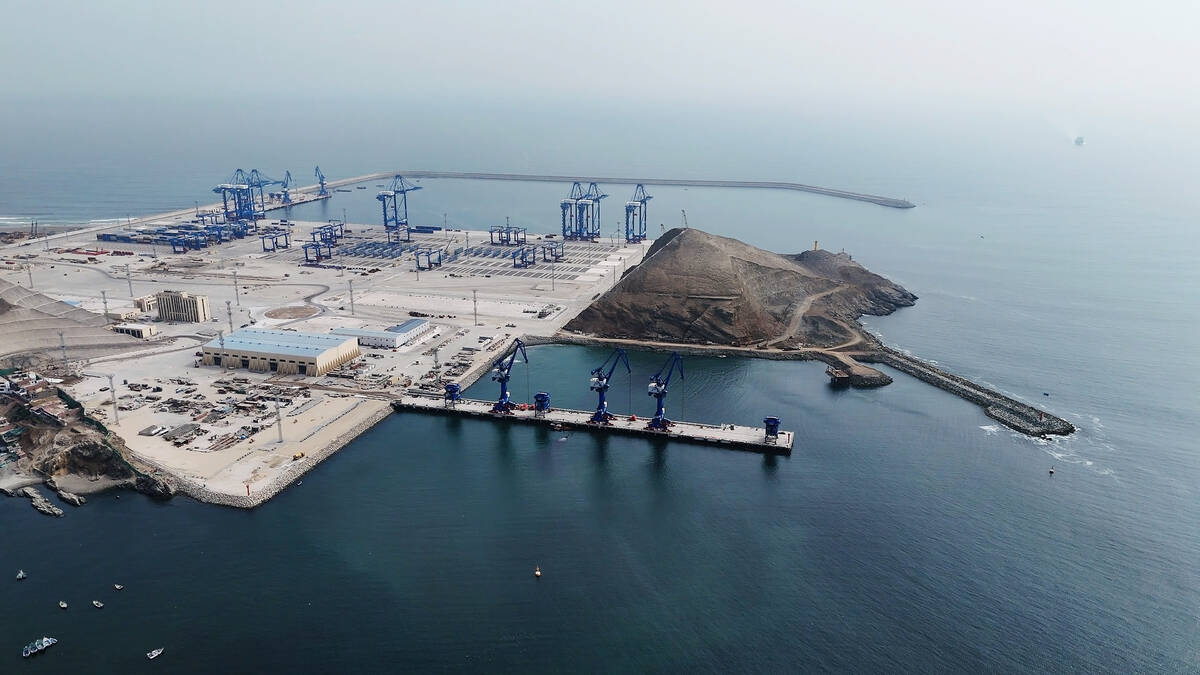Don Kenny, like other eastern Ontario corn producers, remembers 2005 as a frustrating year with prices well below production costs and farm support programs not close to filling the gap.
And often when the Stittsville area farmer would drive his truck from his farm south of Ottawa to the corn starch plant at nearby Cardinal on the north shore of the St. Lawrence River, the frustration would go from bad to worse if there were trucks bearing Quebec licence plates in the line.
While Kenny says his market return often was about $107 per tonne, he knew the Quebec insurance scheme was guaranteeing $180.
Read Also

Geopolitics can change trade routes
WHISTLER, B.C. — Today’s geopolitical tensions could have dire long-term consequences, says the director of international policy at the University…
“We would sit and look at what we were getting and then look across the border at what they were getting and it was a bitter pill to swallow,” Kenny recalled. “And it got a lot harder to swallow when I would see those Quebec trucks.”
William Van Tassel, a grain producer in the Lac St. Jean region north of Québec City, remembers 2005 more fondly.
“The program worked as it should have that year,” he said. “We have built a program based on cost-of-production, it has been around for 30 years and farmers support it for the stability it brings.”
There, in a nutshell, is the divide that separates the Quebec farm support model from what exists in the rest of Canada, a divide that farmers outside Quebec often peer across with envy.
Quebec farmers pay hefty annual insurance premiums but in return are assured a price that provides certainty to their income prospects.
Farm leaders are involved in running the financial support program and the Quebec government typically spends proportionately three or four times more than what other provincial governments spend on farm supports.
The results are clear in farm income statistics. In 2005, Quebec’s $666 million in realized net farm income represented one-third of the Canadian total, even though Quebec has just 10 percent of Canadian farms. The provincial income totals were more than double Ontario’s returns and triple Saskatchewan’s.
University of Lethbridge agricultural economist Danny Le Roy, who is spending a year at Université de Laval doing research, laughingly recalls a former teacher at the University of Guelph quipping that while Canadian farmers have a safety net, Quebec farmers have a hammock.
It can be an expensive hammock.
In 2005, the high cost of stabilizing corn producer income helped run up a heavy deficit for the funding agency La Financiere Agricole. It meant substantially higher producer premiums in 2006.
“It is facing heavy deficits and this is a big problem,” said Financiere financial consultant Alain Perras.
“I think Quebec society faces some big decisions about the future of this program and affordability is part of it.”
Indeed, the Quebec government has established a commission on the future of agriculture policy in the province and it soon will begin a series of public hearings.
The commission’s consultation paper issued in late January cites farm income and debt problems, budgets and growing questions about the quality of industry output as issues at play in the study.
“Growing public concerns about health and food quality also have an impact on agriculture and the food industry,” said the discussion paper. “At the same time, the trust between consumers and the food production, processing and distribution chain has been eroded.”
Farm leaders vow to vigorously defend what they have. Early next year when the final report is published, they will know how successful they have been in preserving the hammock.














